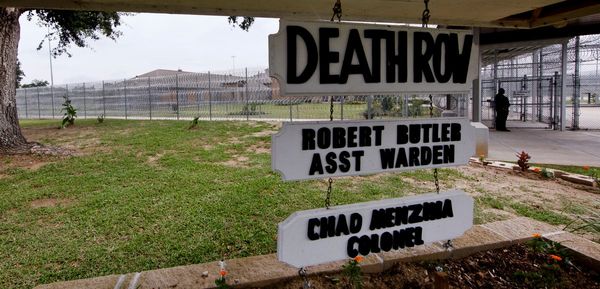
Ignore the desperate attempts to find a flaw in the Australian jobs market — multiple large rate rises have done nothing to damage employment. The Reserve Bank (RBA) is set to continue its punishment of households and businesses for months to come.
The jobs data for August shows an employment market going gangbusters. True, there was a small rise in the jobless rate to 3.5%, but that was because the participation rate rose, to 66.6% — just 0.2 percentage points below the record high in June and 0.7 percentage points higher than before the pandemic.
That suggests the job market is so strong, people are entering or re-entering the jobs market, encouraged by the prospect of getting work. The rise in unemployment is nothing to do with demand for labour — seasonally adjusted employment increased by 33,500 people in net terms, including a rise in full-time jobs of 58,800, while part-time employment fell by 25,300. And seasonally adjusted hours worked rose by 0.8% in August — fully reversing July’s 0.8% drop in hours worked, which was due to the school holidays and continuing COVID infections.
This is not a jobs market showing the signs of 1.75% of interest rate rises between May and early August. This is a jobs market encouraging people to get into the labour force because there’s plenty of strong demand for what they can offer.
And note that the Bureau of Statistics (ABS) reported on Wednesday that 900,000 people held two or more jobs – up 4.3% from the March quarter. That’s equal to 6.5% of all those unemployed. It’s the highest rate recorded by the ABS, and 0.5 percentage points above its pre-pandemic level. It includes a growing number of people working more than two jobs.
As the ABS pointed out, this coincides with a large fall in the number of part-time and full-time workers who would like to work more hours, with underemployment now at historical lows.
Let’s be clear what that says about our industrial relations system — wages growth is stuck in the doldrums. Workers are having to work multiple jobs to make ends meet (dismissed by some facile journalists as “side hustles”). But it also tells of a labour market where demand is very strong.
From the perspective of the RBA, this means it will continue its aggressive rate hikes. It wants to see unemployment rising and more people out of work — that’s the blunt truth of it. That’s what it believes is required to reduce demand, even though demand isn’t driving inflation, supply problems are. It can only keep belting households and businesses until they stop spending and people lose their jobs.
There’s a view from the “liquidate them all” crowd at the Financial Review that because US inflation remains strong and the US Federal Reserve will continue to hike rates, that somehow “pressures” the RBA to do the same. There’s no logic to that argument, it’s just made by neoliberals who want to see households punished as much as possible with higher interest rates. But the US example is instructive about how responsive post-pandemic labour markets are to rate rises.
The number of Americans filing new claims for unemployment benefits fell 5000 to 213,000 in the week that ended September 10 — way below what the market expected and at the lowest since May. That suggests that, like here, interest rate rises are as yet having little impact on demand for labour — and the Fed has been lifting rates for longer than the RBA. Unlike here, US wages growth continues at a healthy clip — 5.2% annual growth, though below the 5.7% level of January. There are around two vacancies for every unemployed person in the US currently, compared to one here.
Retail sales and car sales in the US are also remaining strong.
If we follow the US example, there’ll be many months ahead of rate rises before we seen much sign of an impact. The lingering fear, though, is that when the labour market finally responds, it snaps back like a taut rubber band and we see a rapid rise in unemployment. As of yet, there’s no sign of that. So, to use the great cliché of Australian economic journalism, “rate rise looms”.
Are you feeling the pinch of rising interest rates? Let us know your thoughts by writing to letters@crikey.com.au. Please include your full name to be considered for publication. We reserve the right to edit for length and clarity.







